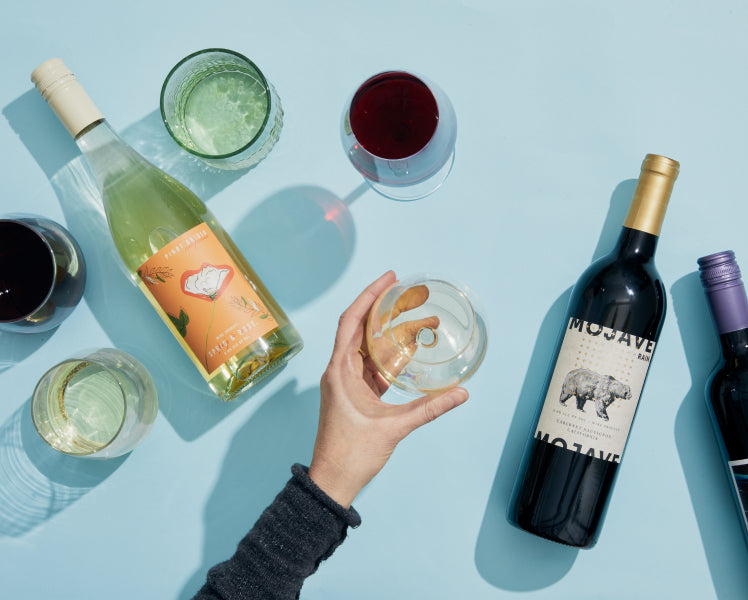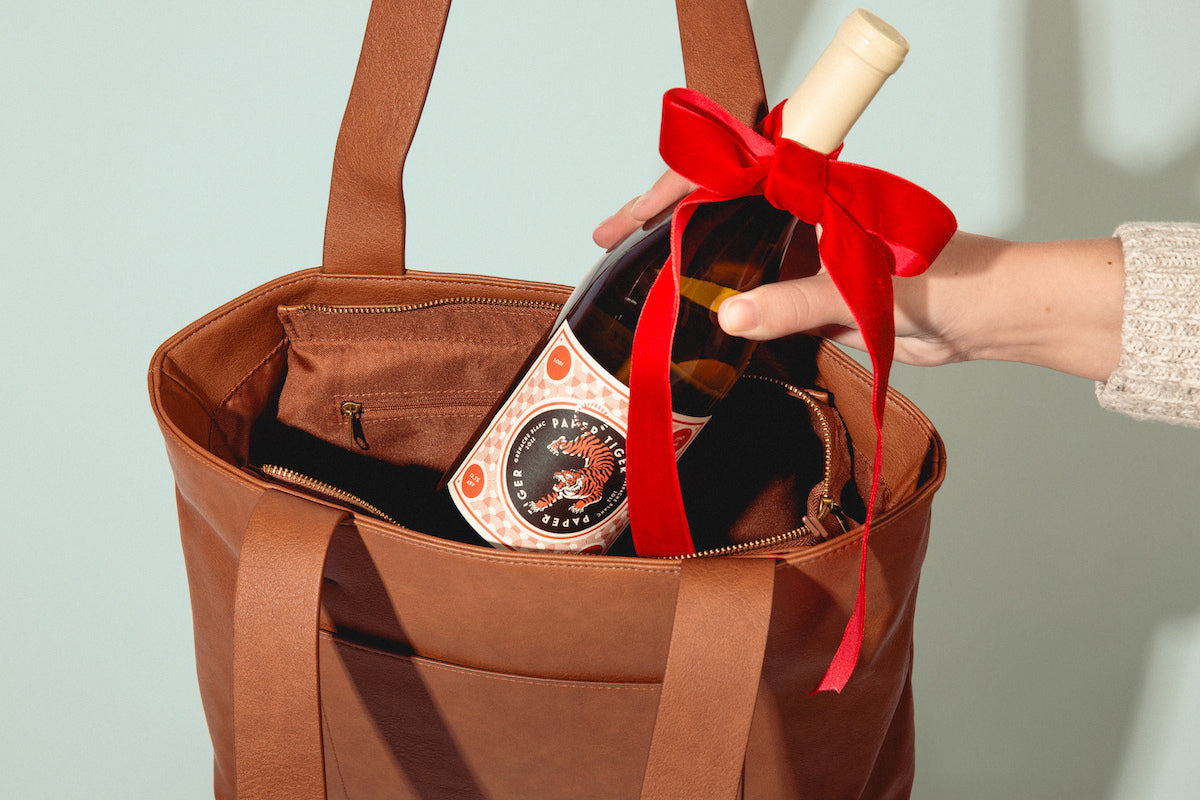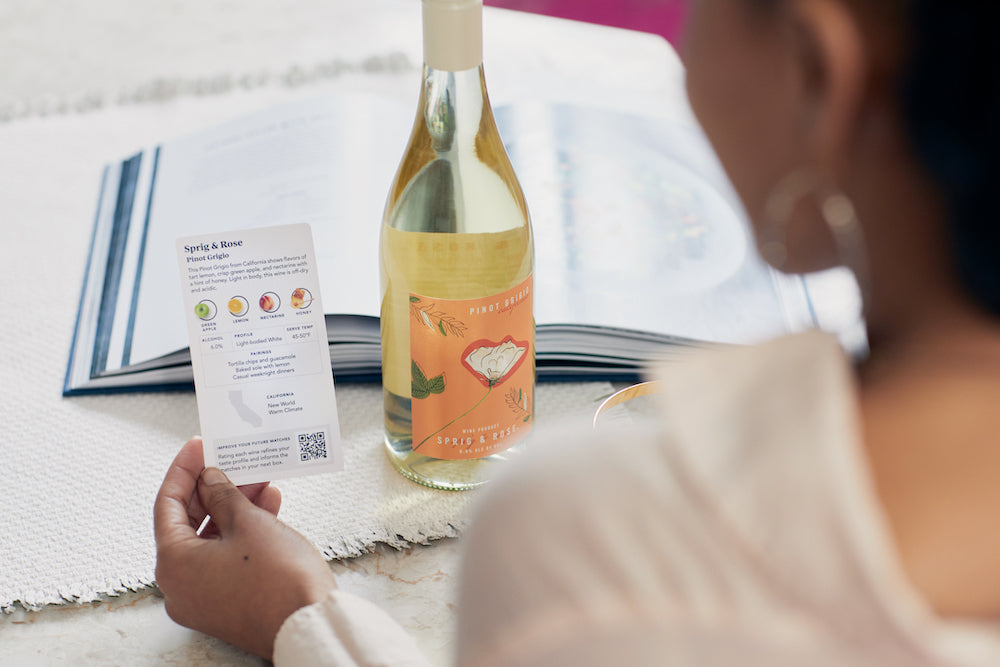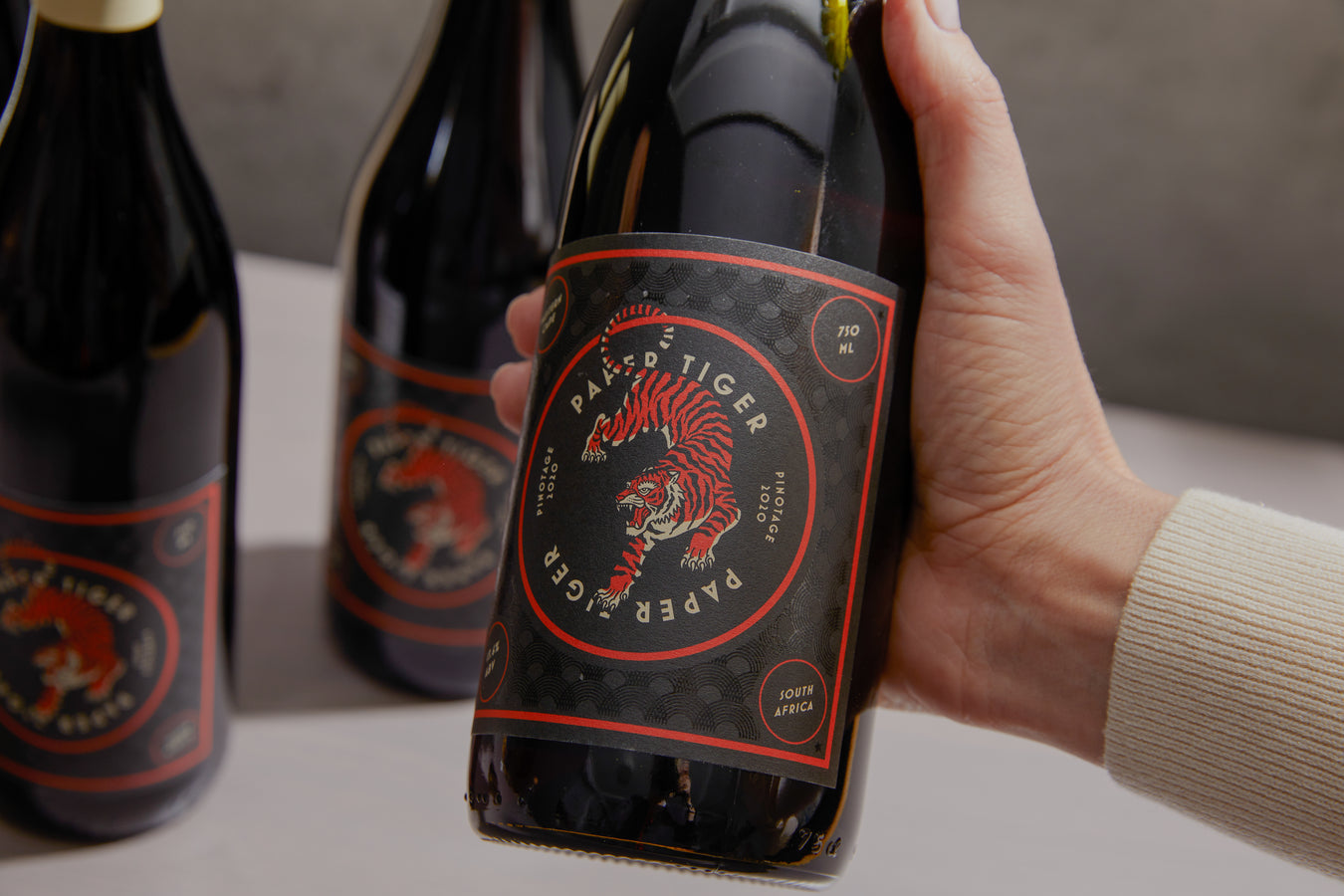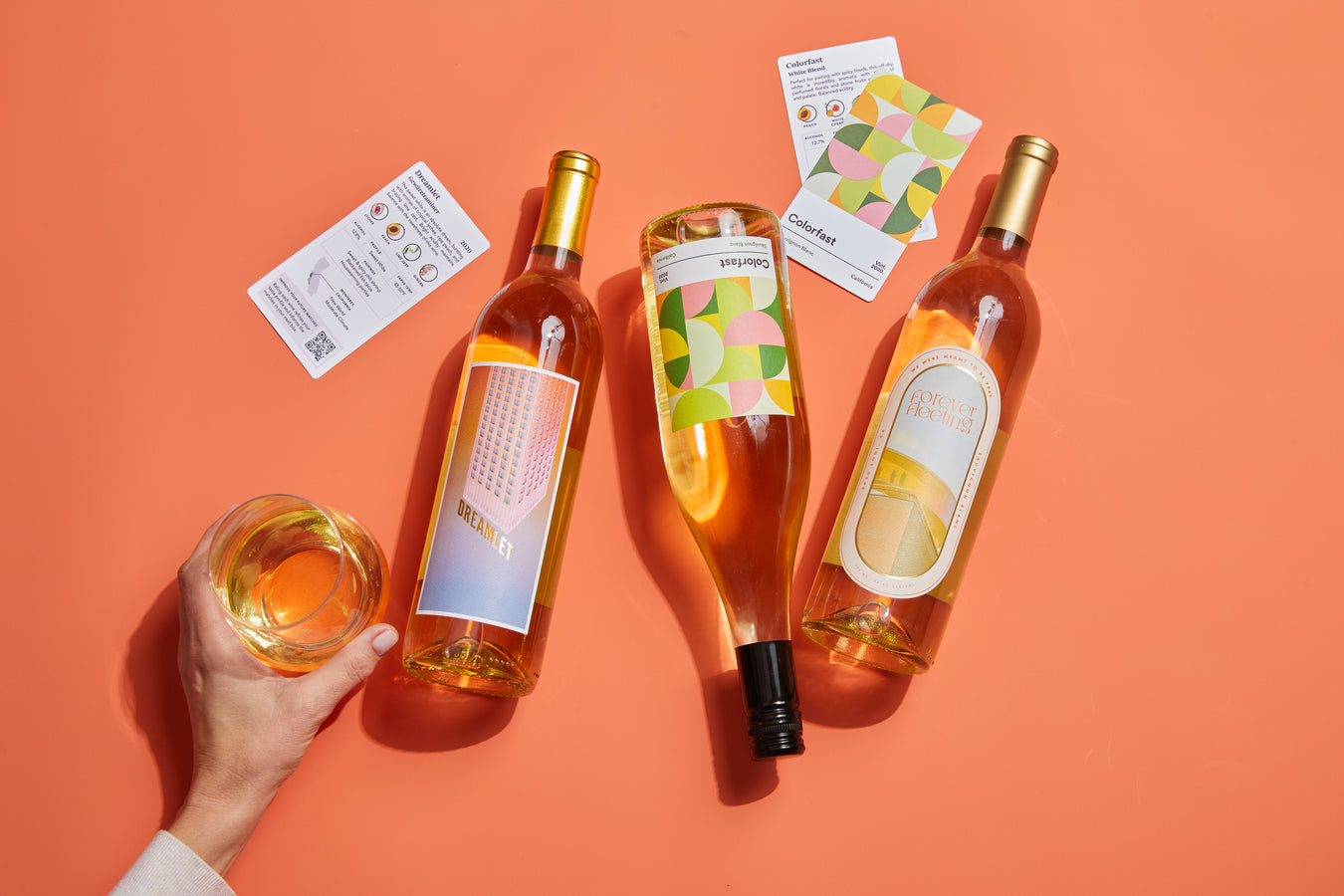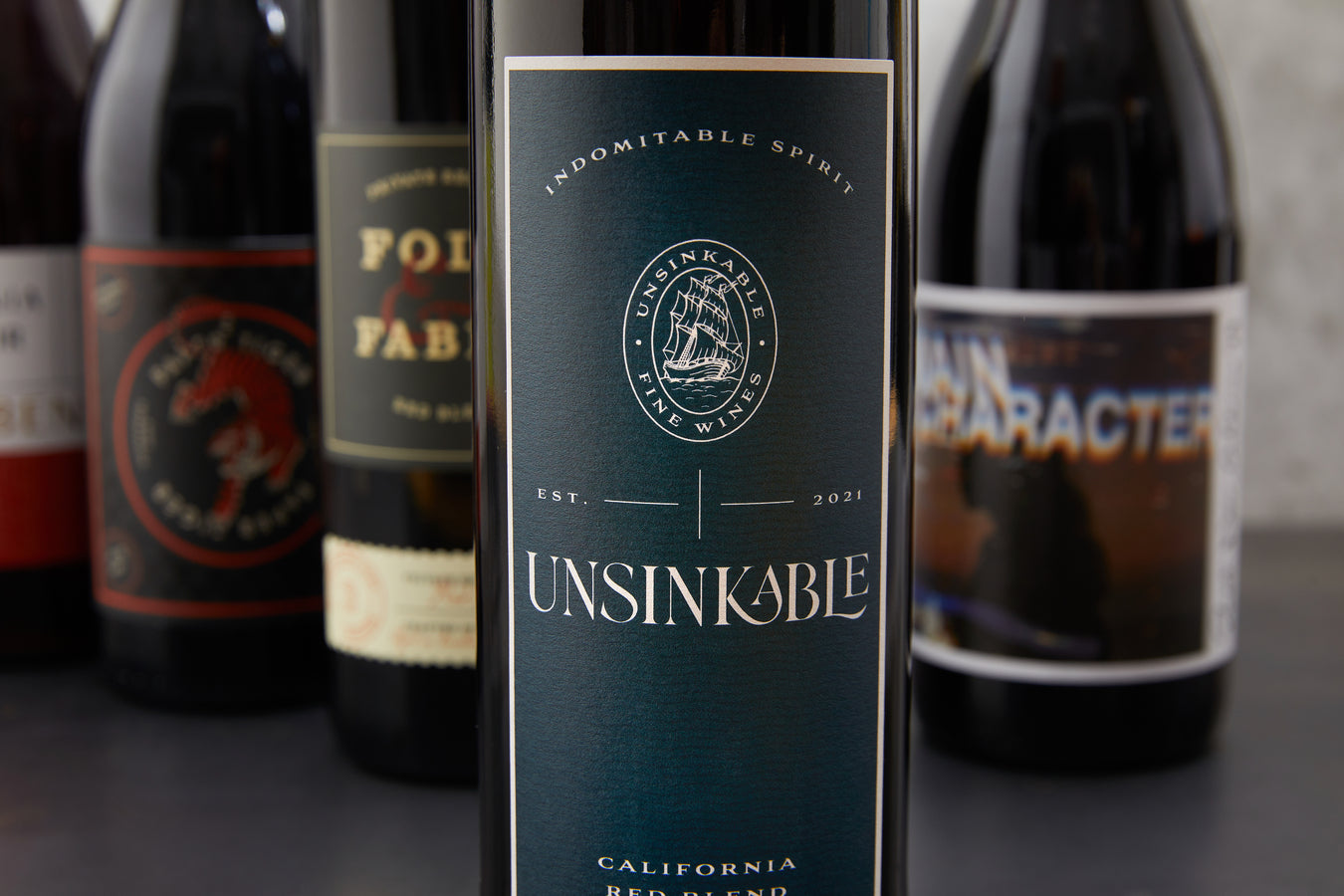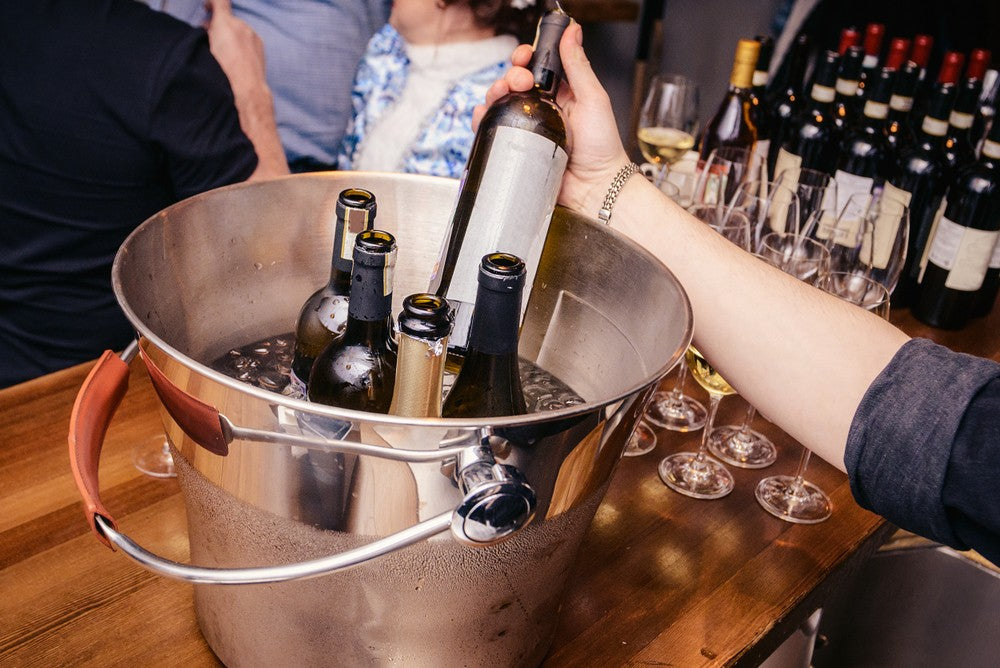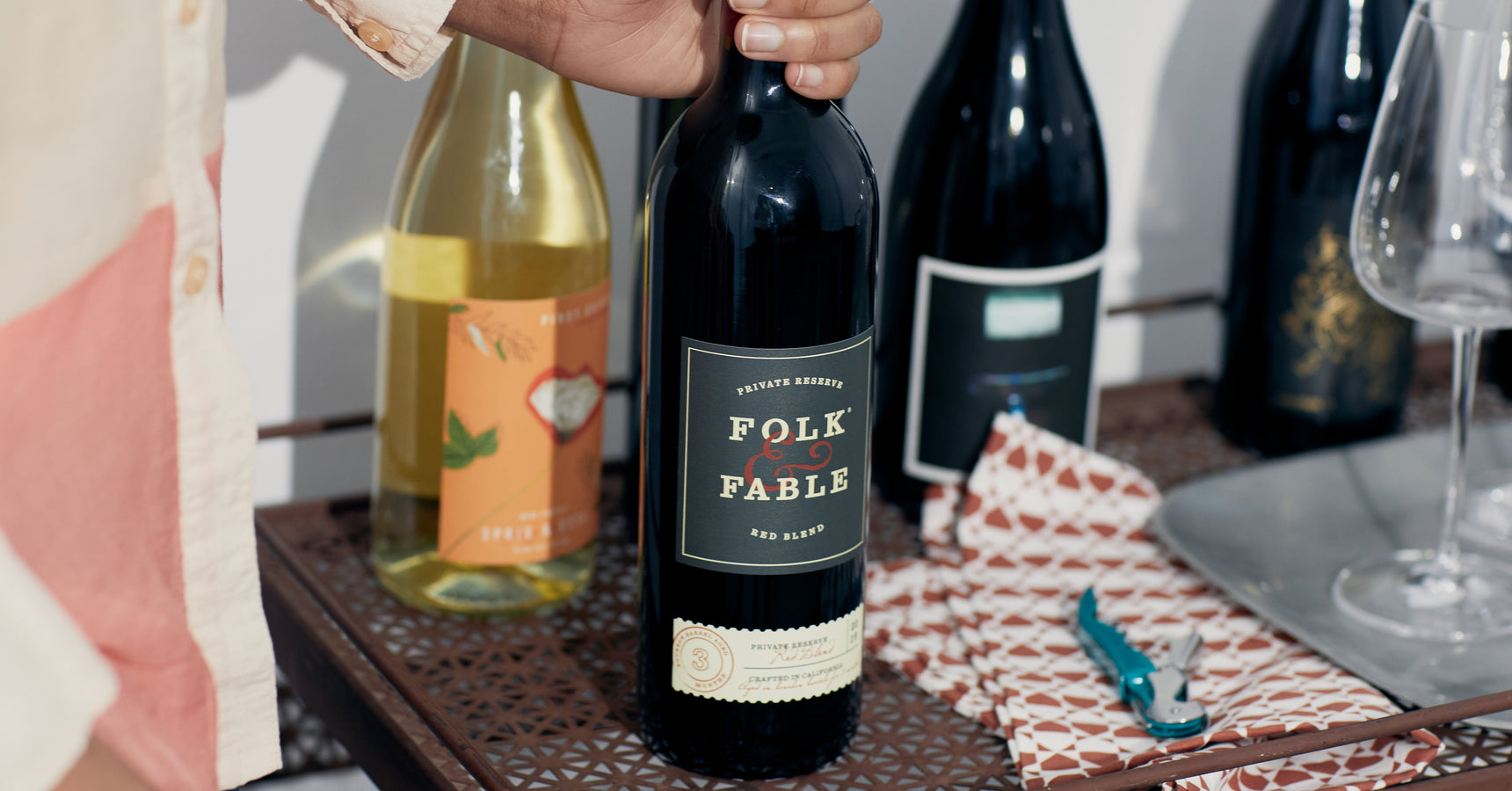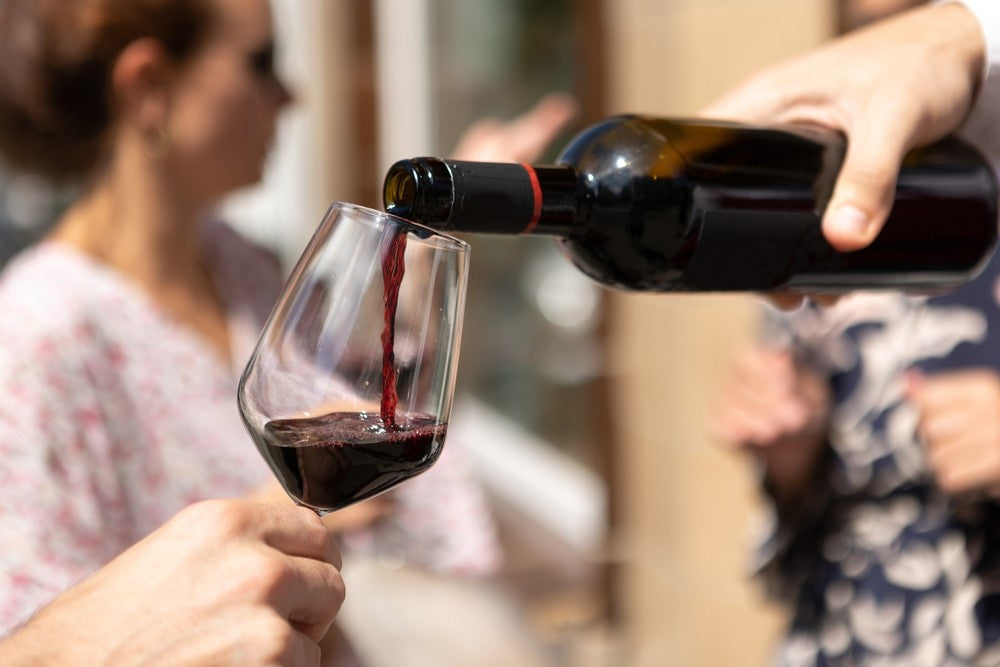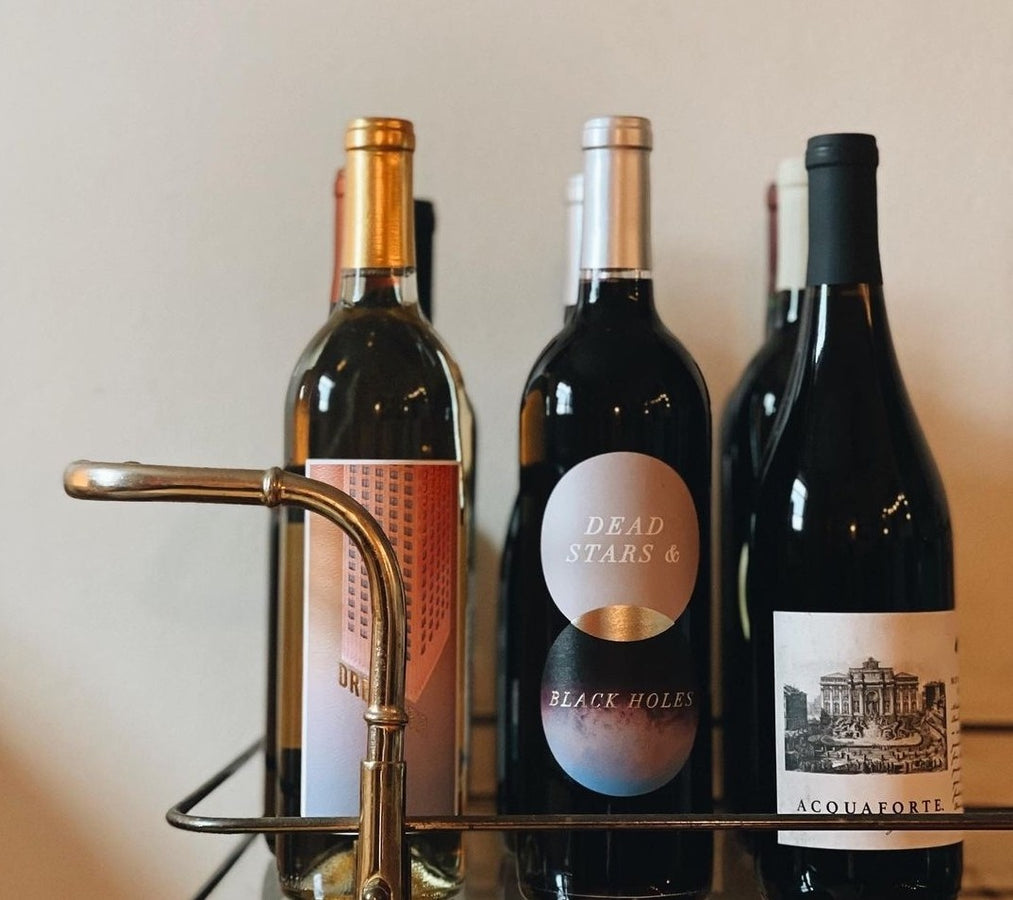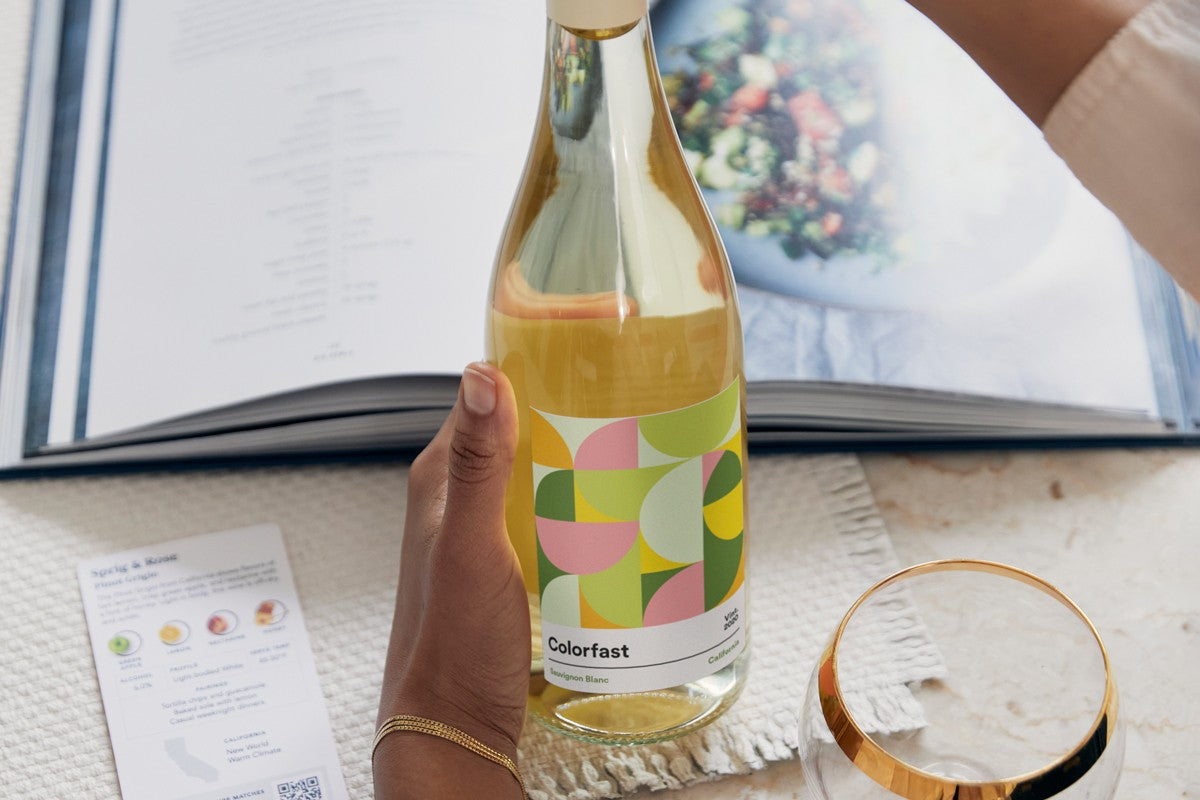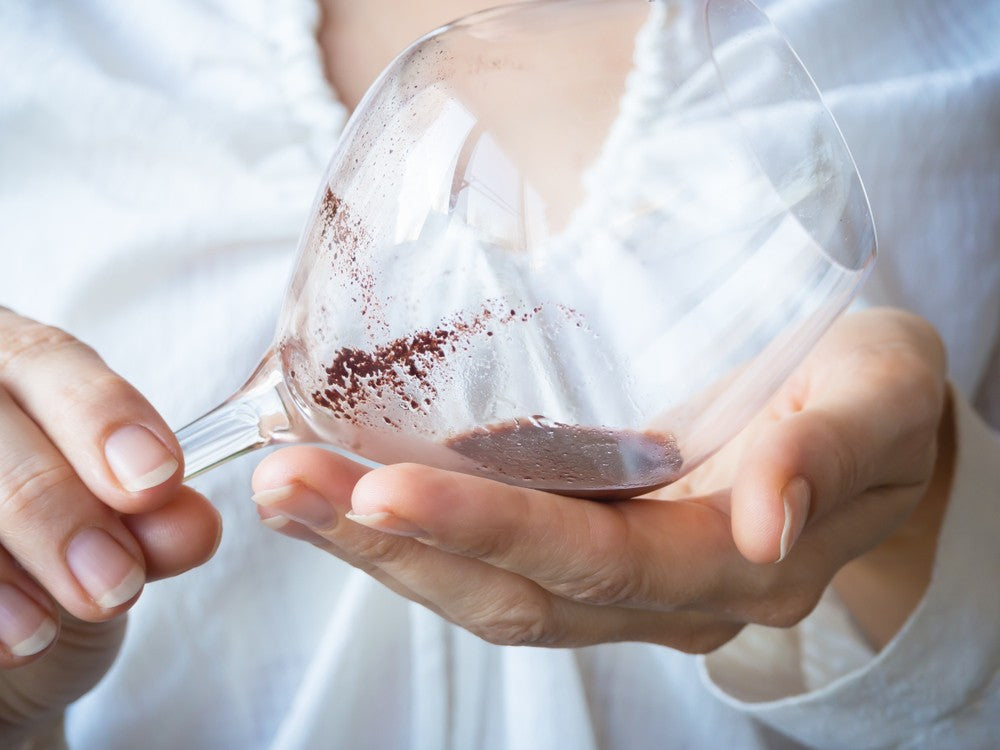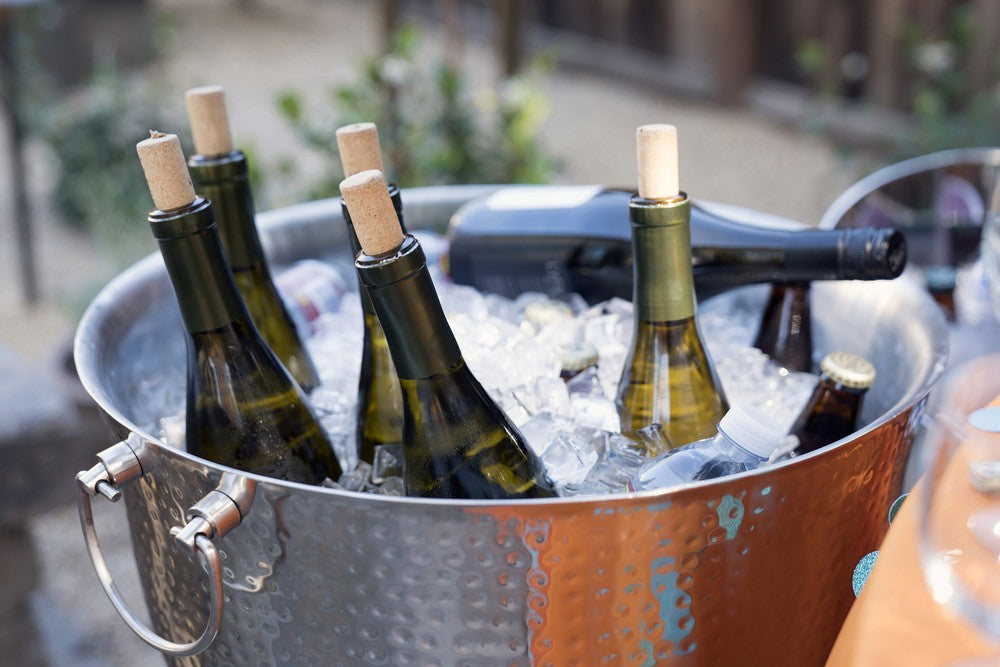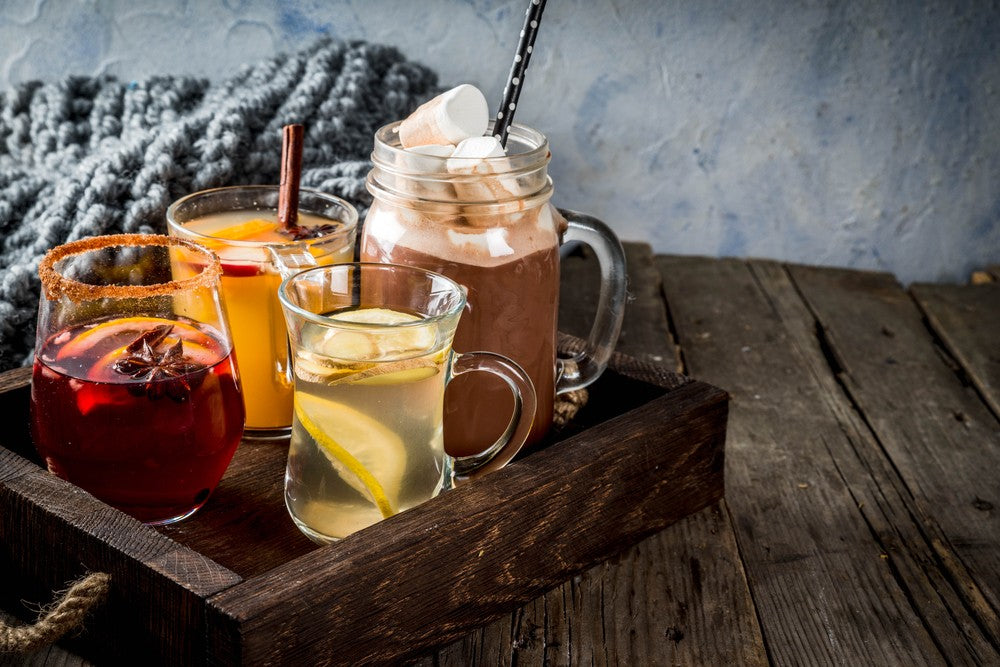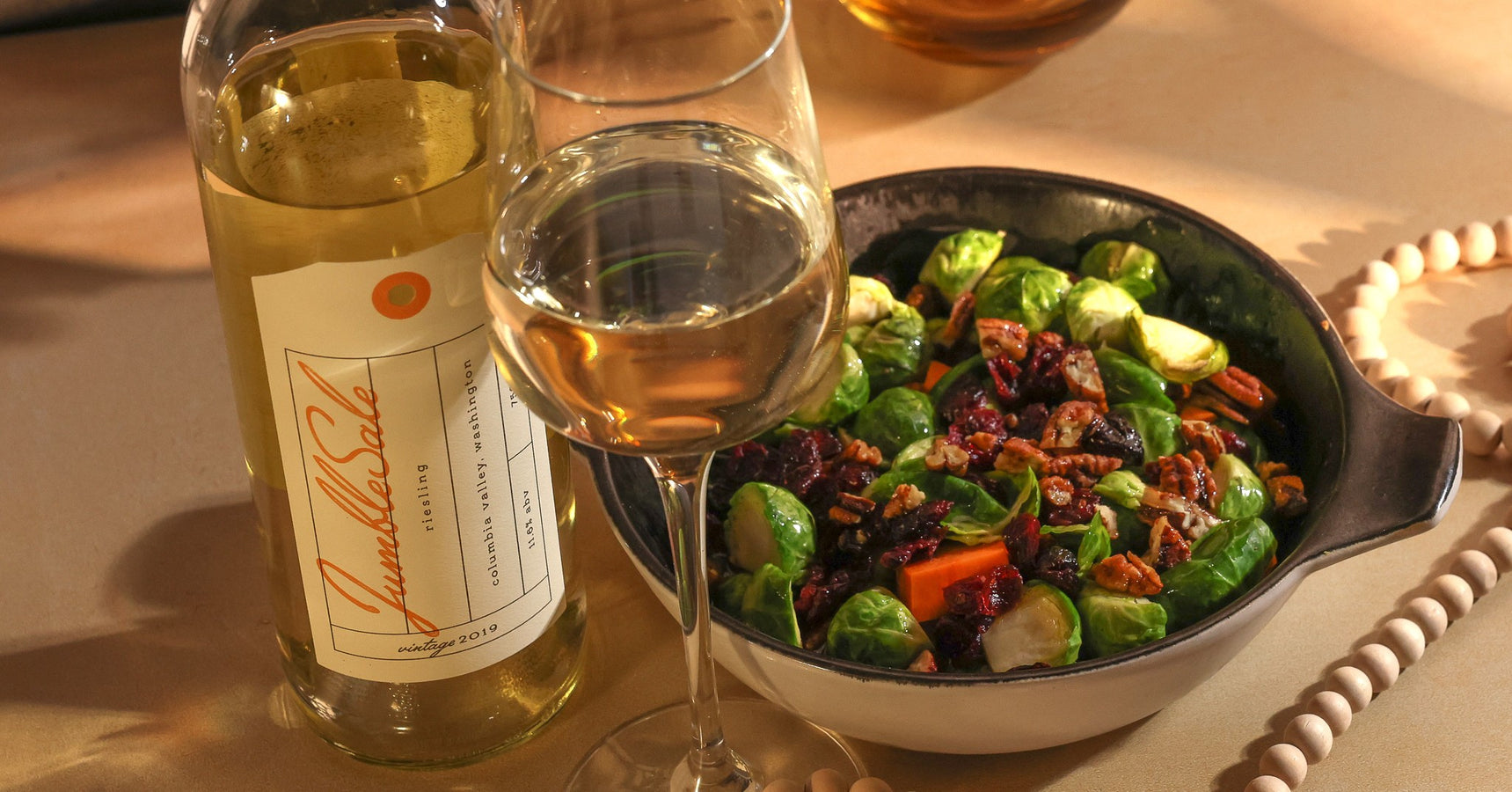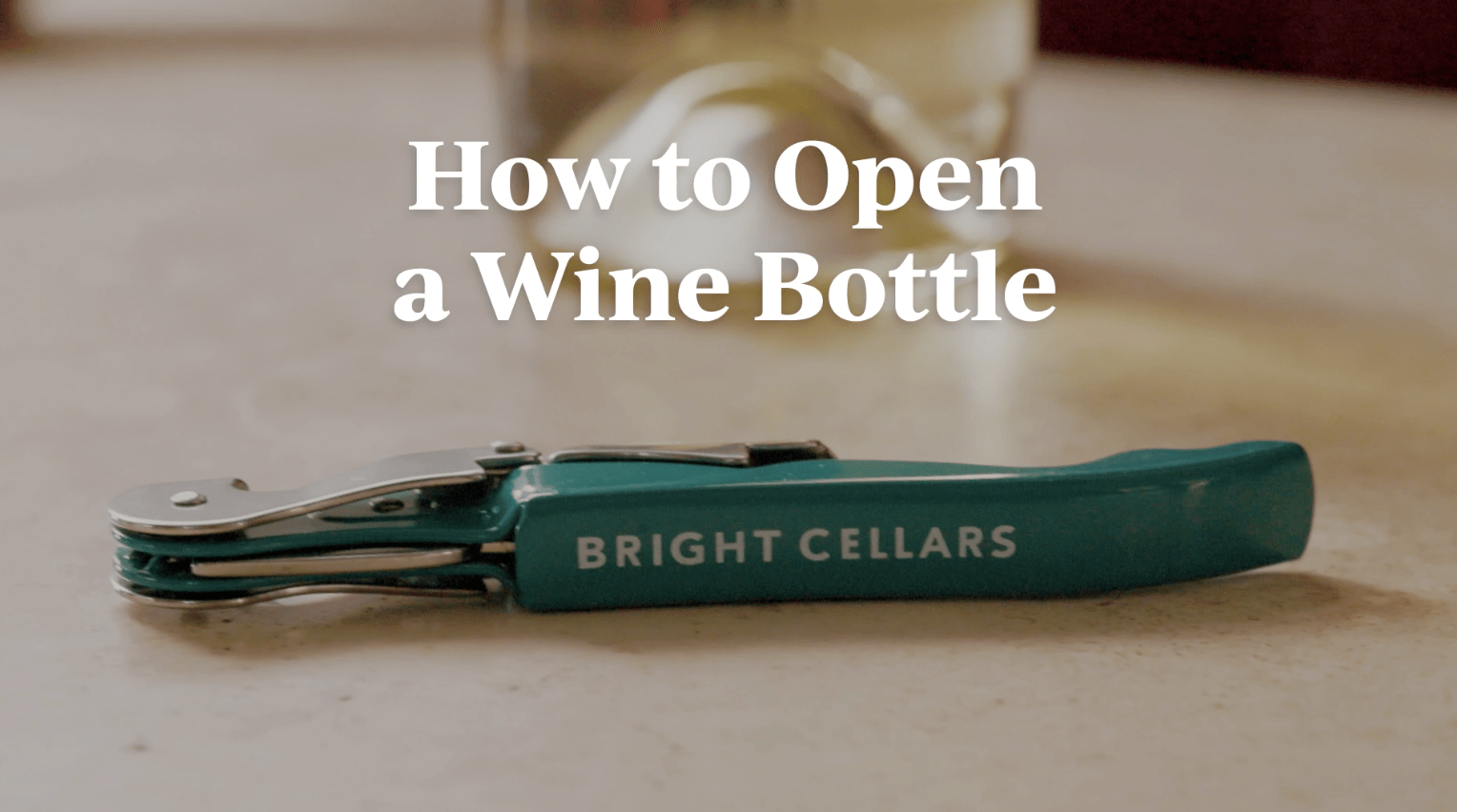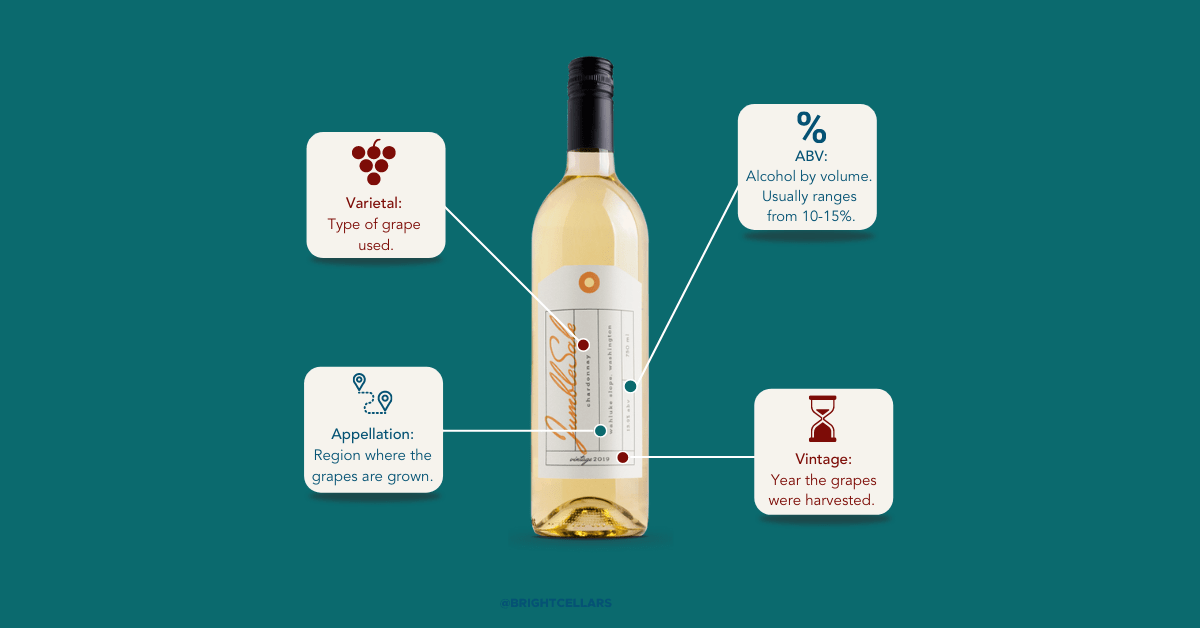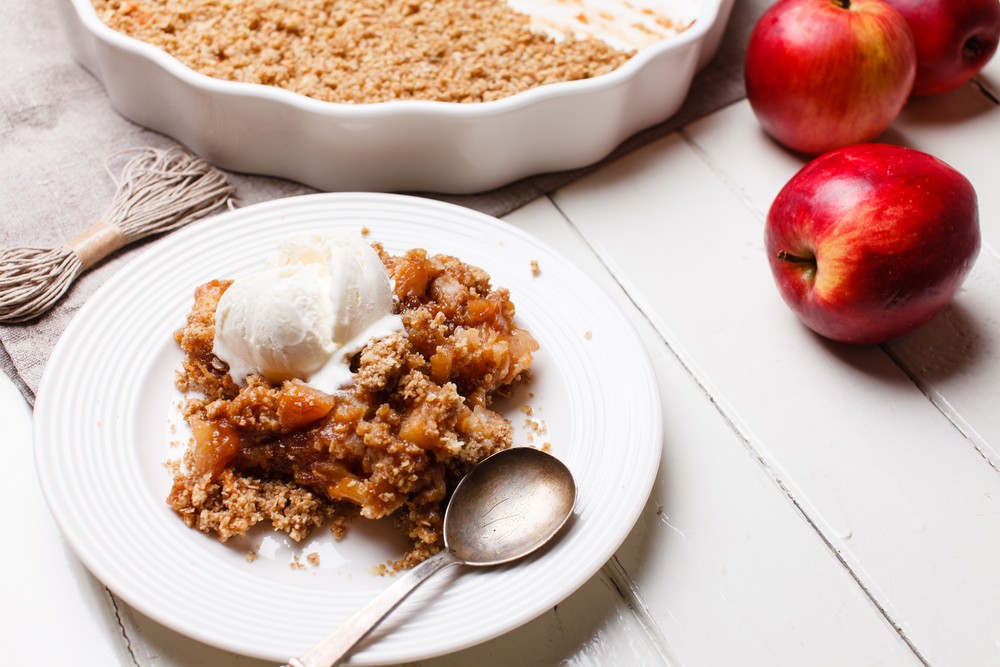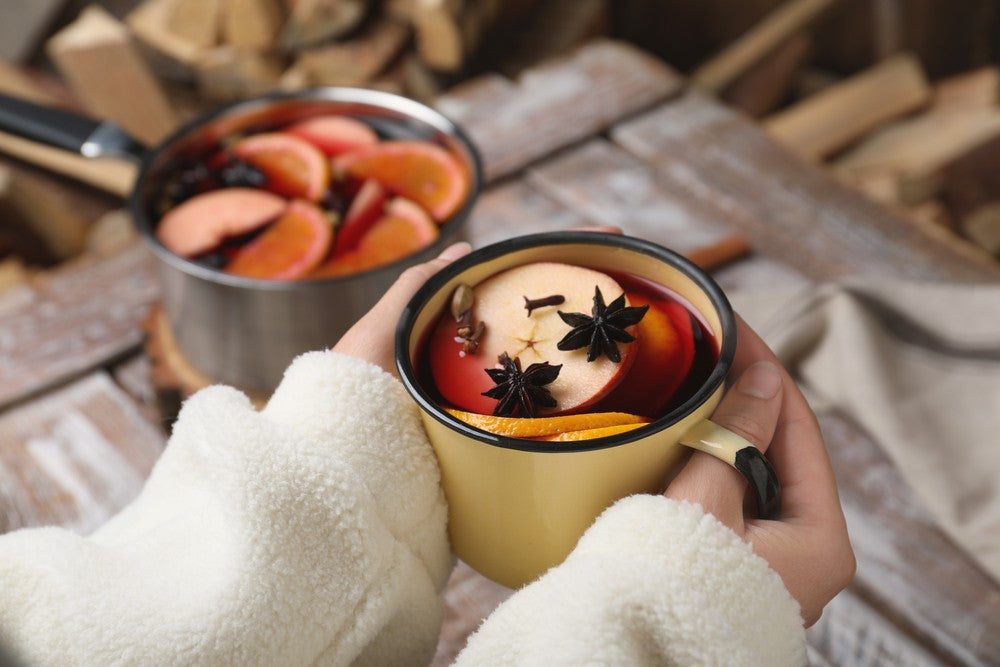
Speakeasies weren’t the only crafty solution that people in the 1920s came up with to sidestep Prohibition. Wine bricks were a loophole around Prohibition that saved the day.
When the Volstead Act took effect, winemakers were in trouble. Many Napa Valley wineries simply went out of business. Others ripped out their grapevines and planted orchards instead.
Some winemakers, however, decided to tough it out. Wine bricks became an elegant solution to the very tricky problem of making wine when winemaking was illegal.
What is a wine brick? Learn more about wine bricks and how they helped shape the American wine industry in the 20th century.

What Was a Winemaker to Do?
If you’re thinking, “Why couldn’t vineyards just change over to apple orchards for a little while and go back to planting grapes when Prohibition was over?” The reality is that cultivating quality wine grapes takes a long time – we’re talking decades.
Some wineries were able to eke out a living making sacramental wine – i.e., wine used in religious ceremonies – until Prohibition was repealed, but the demand for religious wine was relatively low, compared to recreational vino.
In order to stay in business, winemakers had to find loopholes in the law that would allow them to maintain their vineyards. And the solution hit them like a sack of bricks.

Wine Bricks Save the Day
Luckily for winemakers, producing non-alcoholic wine and grape juice was still a lawful activity under the Volstead Act.
Enter the wine brick.
Wine bricks were blocks of concentrated grape juice. The label stated that all you needed to do was dilute a wine brick in a jug of water to make (non-alcoholic) grape juice.
Of course, the winemaker couldn’t tell consumers how to make wine from wine bricks, as they couldn’t sell grapes that were unknowingly being used to make alcohol.
So, rather than telling consumers what to do, they told them exactly what not to do.
A note on the label told consumers that it was illegal to leave their jug of grape juice in a cool cupboard for 21 days, because if they did that, it would turn into wine.
In reality, homemade wine wasn’t illegal – as long as you didn’t make more than 200 gallons and didn’t bring it off your property.
It was basically the perfect solution: winemakers could sell wine bricks with the proper warning (written with a wink and a nod) and consumers could enjoy their vino at home.
Although, in a few cases, winemakers did get in trouble as authorities started to catch on. The owner of Vino Sano – one of the largest producers of wine bricks – was arrested in San Francisco in 1927 by anti-alcohol officials. He was later acquitted by a jury of his peers.

Rippling Effects on the American Wine Industry
Not everyone pivoted to selling wine bricks, but those that did made a fortune – precisely because there was a soaring demand for wine and limited access to it. A small handful, like Mondavi and Beringer, made it big, while most wineries were forced to close their doors.
Unfortunately, while wine bricks were made in a variety of “flavors” – including Burgundy, Claret, and Riesling – cheap, fast-growing grapes like Alicante Bouschet became all the rage. And these high-yield grapes didn’t produce the highest quality wine.
So, although wine bricks were able to keep the wine industry in Napa Valley afloat during Prohibition, the prevalence of these high-yield grapes resulted in American wine suffering from a poor reputation in the years that followed.
It wasn’t until the Judgement of Paris in 1976 that American wine took the spotlight on the world stage and regained widespread popularity.
In Vino Finito
If you’re feeling crafty, you can celebrate Repeal Day by making wine at home, or you can simply buy a bottle – because you can.
